Table of Contents
Pimento Berry vs Allspice: Key Differences
Despite similar names, pimento berry (Capsicum annuum) and allspice (Pimenta dioica) are completely different ingredients. Pimento berry is a mild chili pepper used in Mediterranean cuisine, while allspice is a warm spice from Jamaica. Confusion between these two is common, but understanding their differences is crucial for accurate cooking. This guide clarifies their distinct origins, flavors, and culinary applications.
What Is Pimento Berry?
Pimento berry (Capsicum annuum) is a small, sweet, and mildly spicy pepper—not a true berry. It's commonly used in Mediterranean dishes like stuffed peppers, gazpacho, and cheese. Despite being called "Spanish pimento" or "red pepper," it's botanically unrelated to allspice. Its Scoville rating of 100-500 makes it extremely mild, with a fruity aroma and crisp texture when raw.
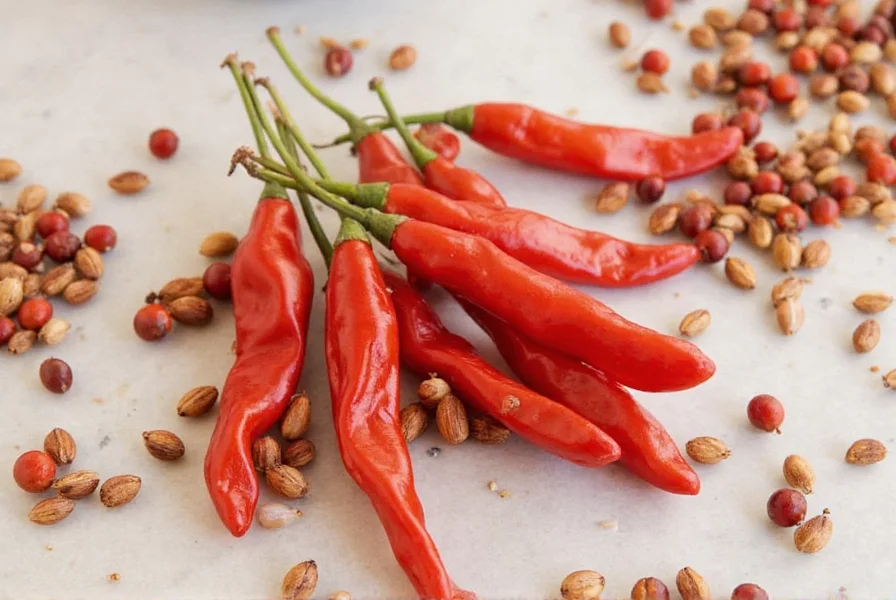
What Is Allspice?
Allspice (Pimenta dioica), also called "Jamaican pimento," is the dried berry of a tropical tree. It has a warm, complex flavor resembling cinnamon, nutmeg, and cloves combined. Unlike pimento berry, allspice is never used fresh and is exclusively a ground spice. It's essential in jerk seasoning, baked goods, and stews. Crucially, allspice is not a pepper—it's a spice from a different plant family entirely.
Flavor Profile Comparison
| Ingredient | Heat Level | Flavor Profile | Best Use |
|---|---|---|---|
| Pimento Berry (Capsicum annuum) | Mild (100-500 Scoville) | Sweet, fruity, subtle warmth | Salads, roasted vegetables, dips, stuffed peppers |
| Allspice (Pimenta dioica) | None (spice, not pepper) | Warm, cinnamon-nutmeg-clove blend | Jerk seasoning, baking, mulled wine, braises |
Culinary Uses for Each
Pimento Berry Applications
- Salads & dips: Add raw slices to Greek salads or blend into creamy dips with olive oil and garlic
- Roasting: Toss with olive oil and roast at 400°F (200°C) for 15-20 minutes to enhance sweetness
- Stuffed peppers: Traditional in Spanish cuisine for filling peppers or cheese
Allspice Applications
- Meat rubs: Essential in Jamaican jerk seasoning and barbecue sauces
- Baking: Key ingredient in pumpkin pie, gingerbread, and spiced cakes
- Soups & stews: Adds depth to beef stews and tomato-based sauces
Buying Guide: Pimento Berry vs Allspice
Pimento Berry Selection
- Fresh: Choose firm, glossy red peppers with no wrinkles. Spanish varieties from Murcia offer superior sweetness
- Dried: Look for evenly sized, vibrant red flakes without mold
Allspice Selection
- Whole berries: Choose plump, dark brown berries with strong aroma
- Ground: Buy small quantities (use within 6 months) for maximum flavor
- Origin: Jamaican allspice is considered premium for its balanced warmth
Frequently Asked Questions
Is a pimento berry the same as allspice?
No. Pimento berry (Capsicum annuum) is a mild chili pepper used fresh or dried in Mediterranean cooking. Allspice (Pimenta dioica) is a tropical spice with cinnamon-nutmeg-clove notes. They're botanically unrelated and used differently in recipes.
Can I substitute pimento berry for allspice?
No. Pimento berry adds mild heat and sweetness, while allspice provides warm spice notes. Substituting one for the other will drastically alter dish flavors. For example, using pimento berry in jerk seasoning would lack the characteristic warmth of allspice.
Why do people confuse pimento berry and allspice?
Historical naming overlap causes confusion. Jamaican allspice was originally called "pimento" by European traders. Today, "pimento" typically refers to the pepper (e.g., pimento-stuffed olives), while "allspice" is the standard term for Pimenta dioica.
How should I store fresh pimento berries?
Keep unwashed berries in a perforated plastic bag in the refrigerator's crisper drawer for up to 2 weeks. For longer storage, roast and freeze or dry into flakes.
Is allspice safe for people with pepper allergies?
Yes. Allspice comes from a different plant family (Myrtaceae) than peppers (Solanaceae). It contains no capsaicin and won't trigger pepper allergies.
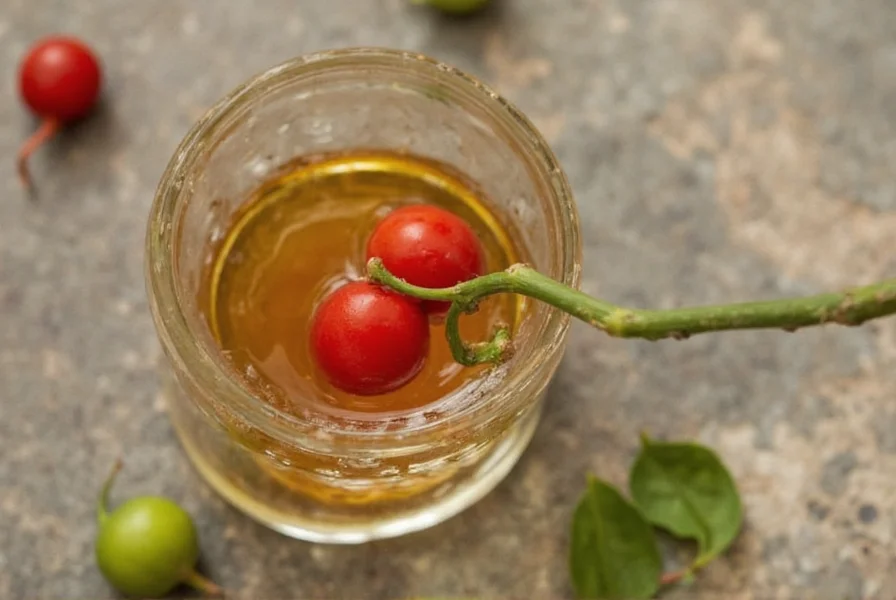
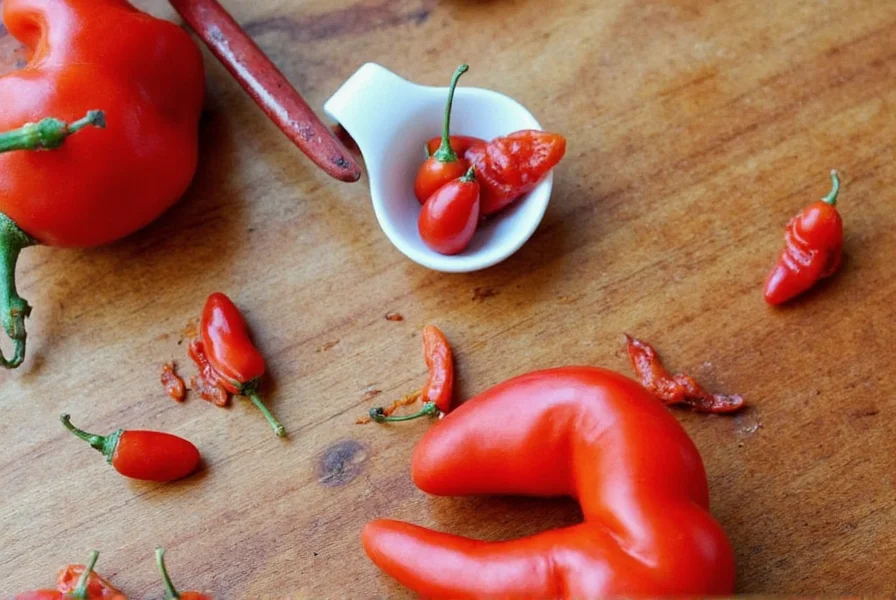
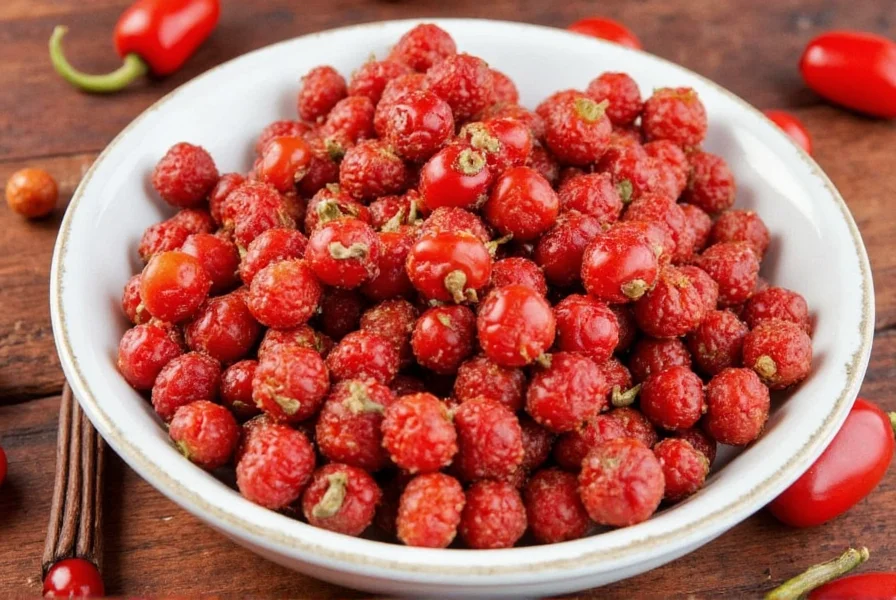
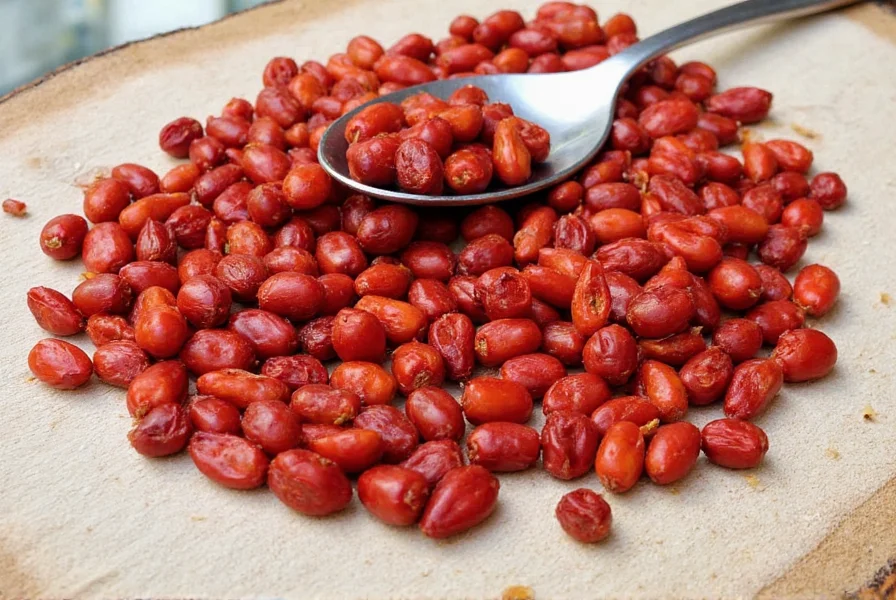
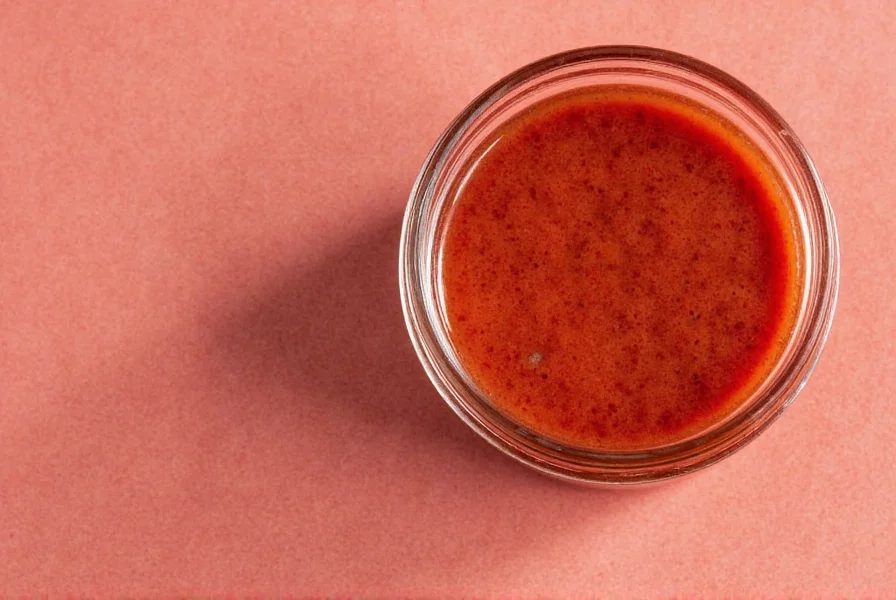










 浙公网安备
33010002000092号
浙公网安备
33010002000092号 浙B2-20120091-4
浙B2-20120091-4